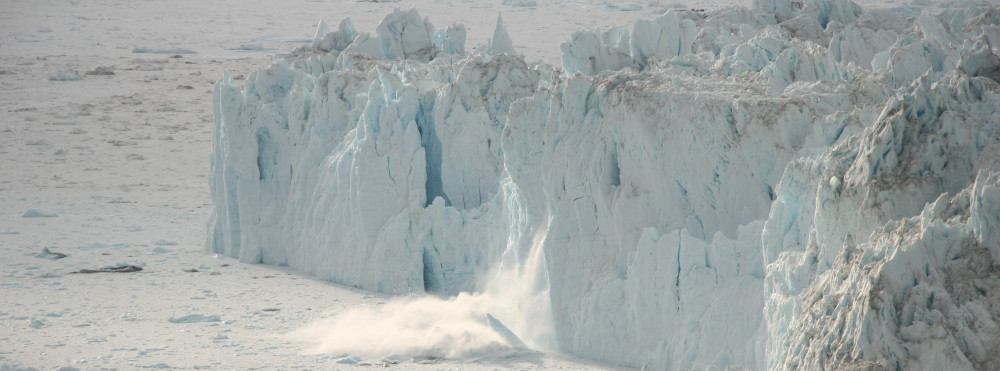There are hundreds of Top 100 Film Lists, most of which are dated (Citizen Kane atop the list) or populist (Paddington 2). These flawed lists use algorithms (film critics and/or everyday viewers) rather than focus on the remarkable visuals, sounds and scenes that make a film memorable and, dare I say, crack open our collective subconscious. These are the 100 most important films ever made:
100. It’s a Wonderful Life (Frank Capra, US, 1946)
99. The Blair Witch Project (Eduardo Sanchez & Daniel Myrick, US, 1999)
98. Open Hearts (Susanne Bier, Denmark, 2002)
97. Rear Window (Alfred Hitchcock, US, 1957)
96. Unforgiven (Clint Eastwood, US, 1992)
95. La La Land (Damien Chazelle, US, 2016)
94. Nosferatu (FW Murnau, Germany, 1922)
93. City of God (Fernando Meirelles/Kátia Lund, Brazil, 2002)
92. Midsommer (Ari Aster, US, 2019)
91. Promising Young Woman (Emerald Fennell, US, 2020)
90. Close Encounters of the Third Kind (Steven Spielberg, US, 1977)
89. 56 Up (Michael Apted, UK, 2005)
88. Howl’s Moving Castle (Hayao Miyazaki, Japan, 2004)
87. Crimes and Misdemeanors (Woody Allen, US, 1989)
86. The Passion of Joan of Arc (Carl Dryer, France, 1928)
85.Capernaum (Nadine Labaki, Lebanon, 2018)
84. Snow White and the Seven Dwarves (Walt Disney, US, 1937)
83. MASH (Robert Altman, US, 1970)
82. The Adventures of Robin Hood (Michael Curtiz, US, 1938)
81. Apocalypse Now (Francis Ford Coppola, US, 1977)
80. Memento (Christopher Nolan, US, 2000)
79. Pinocchio (Matteo Garonne, Italy, 2019)
78. Moonlight (Barry Jenkins, US, 2016)
77. Superbad (Greg Mottola, US, 2007)
76. L’Aventurra (Michelangelo Antonioni, Italy, 1960)
75. Rushmore (Wes Anderson, US, 1998)
74. Bonnie and Clyde (Arthur Penn, US, 1967)
73. A Clockwork Orange (Stanley Kubrick, UK, 1973)
72. Amadeus (Milos Forman, US, 1985)
71. A Wedding (Pavel Lungin, Russia, 2000)
70. Elephant (Gus Van Sant, US, 2003)
69. Star Wars (George Lucas, US, 1977)
68. 8 1/2 (Federico Fellini, Italy, 1965)
67. The Battle of Algiers (Gillo Pontecorvo, Italy, 1966)
66. All the President’s Men (Alan Pakula, US, 1976)
65. Irreversible (Gaspar Noe, France, 2002)
64. Dirty (Bruce Sweeney, Canada, 1998)
63.Gilda (Charles Vidor, US, 1946)
62. Singin’ in the Rain (Gene Kelly, US, 1952)
61. American Graffiti (George Lucas, US, 1973)
60. Her (Spike Jonze, US, 2013)
59. Through a Glass Darkly (Ingmar Bergman, Sweden, 1961)
58. The Good, The Bad & The Ugly (Sergio Leone, Italy, 1965)
57. Taxi Driver (Martin Scorsese, US, 1976)
56. Alien (Ridley Scott, USA, 1979)
55. Burden of Dreams (Les Blanc, US, 1979)
54. M (Fritz Lang, Germany, 1931)
53. The Godfather II (Francis Ford Coppola, US, 1975)
52. The Exterminating Angel (Luis Bunuel, Spain, 1962)
51. Pather Panchali, The Apu Trilogy (Satyajit Rao, India, 1955)
50.Stroszek (Werner Herzog, Germany, 1977)
49.Honeyland (Tamara Kotevska/Ljubomir Stefanov, Macedonia, 2019)
48. Secrets and Lies (Mike Leigh, UK, 1996)
47. La Regle de Jeu (Jean Renoir, France, 1939)
46. Being John Malkovich (Spike Jonze, US, 2002)
45. Midnight Cowboy (John Schlesinger, US, 1969)
44.Planes, Trains and Automobiles (John Hughes, US, 1987)
43. There Will Be Blood (Paul Thomas Anderson, US, 2007)
42. Psycho (Alfred Hitchcock, US, 1960)
41. Chinatown (Roman Polanski, US, 1974)
40. Sherlock Jr. (Buster Keaton, US, 1926)
39. Man with a Movie Camera (Dziga Vertov, USSR, 1927)
38. Tokyo Story (Yasujirō Ozu, Japan, 1953)
37. Raging Bull (Martin Scorsese, US, 1980)
36.Loveless (Andrey Zvyagintsev, Russia, 2017)
35.Andrei Rublev (Andrei Tarkovsky, USSR, 1966)
34. Gommorah (Matteo Garonne, Italy, 2008)
33. The Florida Project (Sean Baker, US, 2017)
32. Shoplifters (Hirokai Kore-eda, Japan, 2018)
31. Heaven’s Gate (Michael Cimino, US, 1980)
30. Annie Hall (Woody Allen, US, 1976)
29. Cleo from 5 to 7 (Agnes Varda, France, 1962)
28. Castaway (Robert Zemeckis, US, 2001)
27. Do the Right Thing (Spike Lee, US, 1989)
26. Dead Man (Jim Jarmusch, US, 1995)
25. Being There (Hal Ashby, US, 1979)
24. Dazed and Confused (Richard Linklater, US, 1993)
23. Blade Runner (Ridley Scott, US, 1983)
22.The Wizard of Oz (Victor Fleming, US, 1939)
21. Short Cuts (Robert Altman, US, 1993)
20. Adaptation (Spike Jonze, US, 2002)
19. Fantastic Mr. Fox (Wes Anderson, US, 2006)
18. 2001: A Space Odyssey (Stanley Kubrick, UK/US, 1968)
17. Dog Day Afternoon (Sidney Lumet, US, 1973)
16. Punch-Drunk Love (Paul Thomas Anderson, US, 2002)
15. Taxi (Jafar Pahani, Iran, 2015)
14. Jaws (Steven Spielberg, US, 1976)
13.Rashomon (Akira Kurosawa, Japan, 1950)
12. The Sacrifice (Andrei Tarkovsky, USSR, 1986)
11. The Graduate (Mike Nichols, US, 1967)
10. The Celebration (Thomas Vinterberg, Denmark, 1998)
9. The Cranes Are Flying (Mikhail Kalatozov, USSR, 1957)
8. The Thin Red Line (Terrence Malick, US, 1998)
7.Bicycle Thieves (Vittorio De Sica, Italy, 1946)
6. Citizen Kane (Orson Welles, US, 1941)
5. The Godfather (Francis Ford Coppola, US, 1973)
4. The Deerhunter (Michael Cimino, US, 1980)
3. Spirited Away (Hayao Miyazaki, Japan, 2001)
2. No Country for Old Men (Joel & Ethan Coen, US, 2007)
1. Aguirre, Wrath of God (Werner Herzog, Germany, 1972)
Please post comments. Feedback is appreciated.









































